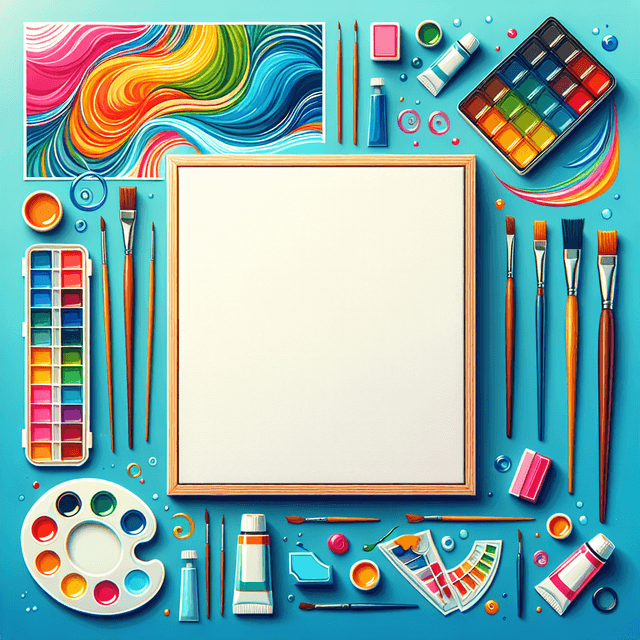Discovering Watercolor: Techniques and Artistic Expression
TL;DRWatercolor painting is a versatile and expressive art form that has been cherished through the centuries. This article delves into the history, materials, and techniques of watercolor, offering insights into the creative process and how artists use this medium to convey mood and atmosphere. Whether you're a beginner or an experienced painter, understanding the nuances of watercolor can enhance your artistic expression.

Table of Contents
Main Content
The History of Watercolor
Watercolor painting has a rich and storied past, with its roots tracing back to the cave paintings of Paleolithic Europe. Throughout the centuries, it has been used for manuscript illumination, botanical illustration, and by artists of the Renaissance for preliminary sketches. In the 18th and 19th centuries, watercolor became recognized as a distinct medium, with societies and exhibitions dedicated to its practice. Artists like William Turner and John Singer Sargent pushed the boundaries of watercolor, proving its potential as a medium for serious artistic endeavor.
Understanding Watercolor Materials
To master watercolor painting, one must first become familiar with the materials involved. The choice of paints, brushes, and paper can greatly affect the outcome of your artwork.
PaintsWatercolor paints come in tubes and pans, each with its own set of characteristics. Pigment quality, transparency, and permanence are important factors to consider when selecting paints.
BrushesThe right brush can make all the difference in watercolor painting. Brushes come in various shapes and sizes, from round to flat to mop, each designed for specific strokes and effects.
PaperWatercolor paper is the canvas of the watercolor artist. It varies in texture, weight, and composition, with each type offering a different experience and finish for the painting.
Basic Watercolor Techniques
Mastering the basic techniques of watercolor is essential for any artist. These foundational methods allow for the exploration of the medium's potential.
Wet-on-WetThe wet-on-wet technique involves applying watercolor onto a damp surface, resulting in soft, diffused edges and spontaneous color blending.
Wet-on-DryWet-on-dry is the process of painting on a dry surface, offering more control and the ability to create sharp, defined edges.
DrybrushDrybrush is a technique where a relatively dry brush is dragged across the paper, creating a textured, grainy effect.
GlazingGlazing involves layering thin, transparent washes of color to achieve depth and luminosity in the painting.
Advanced Watercolor Techniques
Once the basics are mastered, artists can experiment with advanced techniques to add complexity and texture to their work.
MaskingMasking is a method used to protect certain areas of the painting from receiving paint, preserving the white of the paper or previous layers of color.
Salt TextureSprinkling salt on a wet wash can create unique, crystalline textures once the paint dries and the salt is brushed away.
SpongingUsing a sponge to apply or remove paint can produce organic, irregular patterns and textures in a watercolor painting.
The Creative Process in Watercolor
The creative process in watercolor painting is both intuitive and deliberate, involving planning, understanding of color theory, and the ability to convey mood and atmosphere.
Planning and CompositionBefore touching brush to paper, artists often plan their composition, considering the placement of elements, perspective, and the overall balance of the piece.
Color Theory in WatercolorA solid grasp of color theory is crucial for watercolor artists. It involves understanding the color wheel, color relationships, and the impact of color choices on the viewer's emotions.
Expressing Mood and AtmosphereWatercolor's transparency and fluidity make it an ideal medium for expressing mood and atmosphere. Artists use color, value, and technique to evoke feelings and convey the essence of their subject.
Conclusion
Watercolor painting is a dance of control and spontaneity, a medium that rewards patience and experimentation. Its rich history and the array of techniques available provide a vast playground for artists to express their vision. Whether you're just beginning to dip your brush into the world of watercolor or are well on your way to mastering its nuances, the journey is one of continuous discovery and joy. Embrace the fluidity, cherish the unpredictability, and let your artistic expression flow through the vibrant and delicate medium of watercolor.



